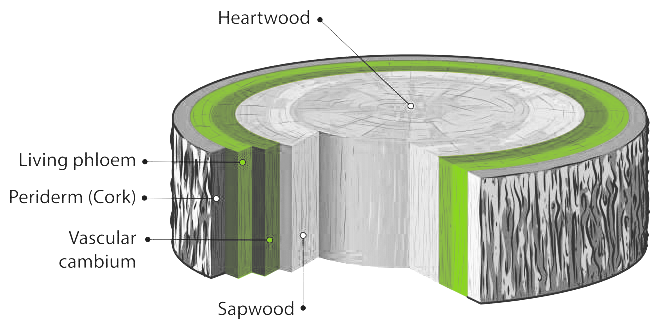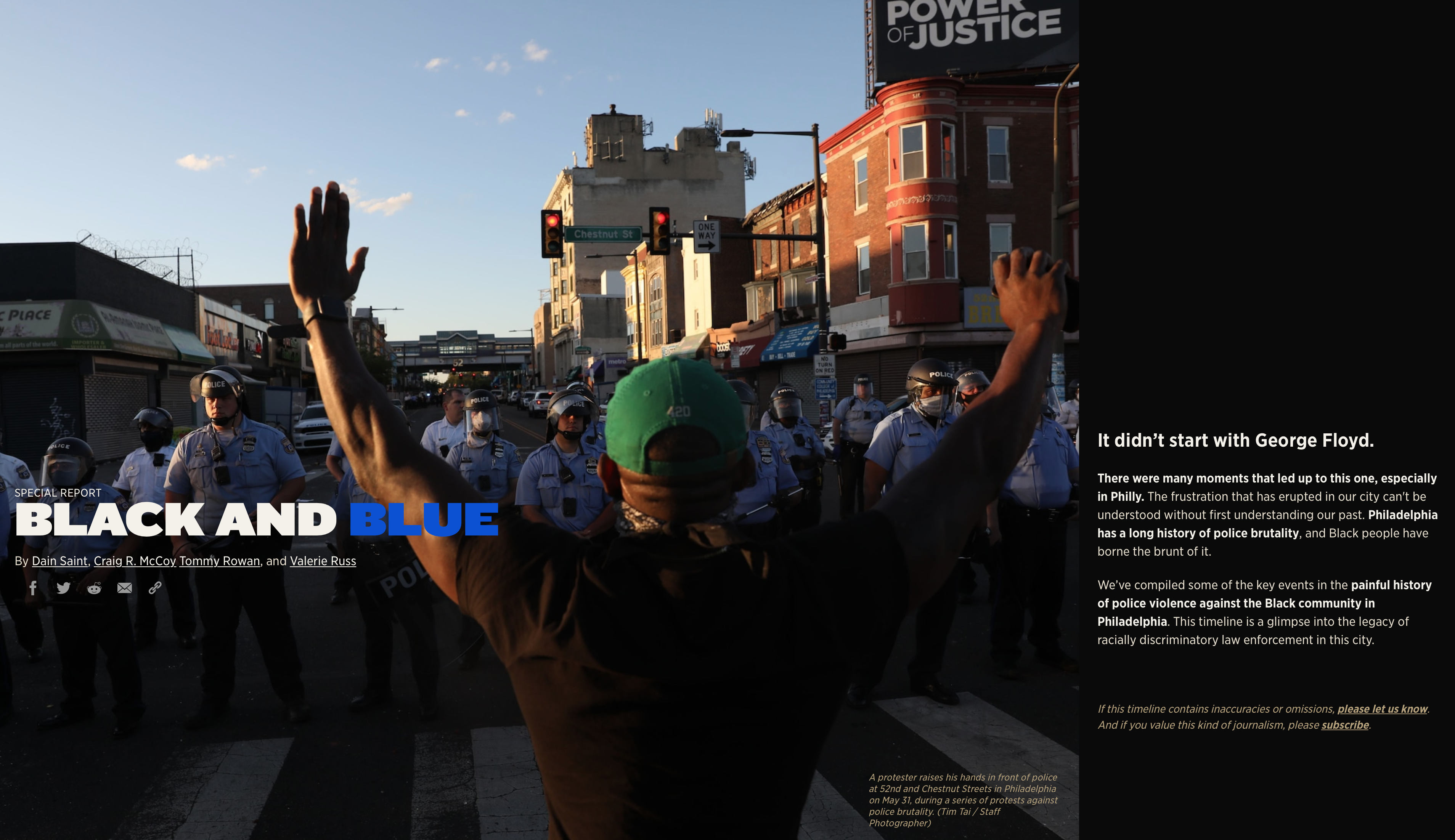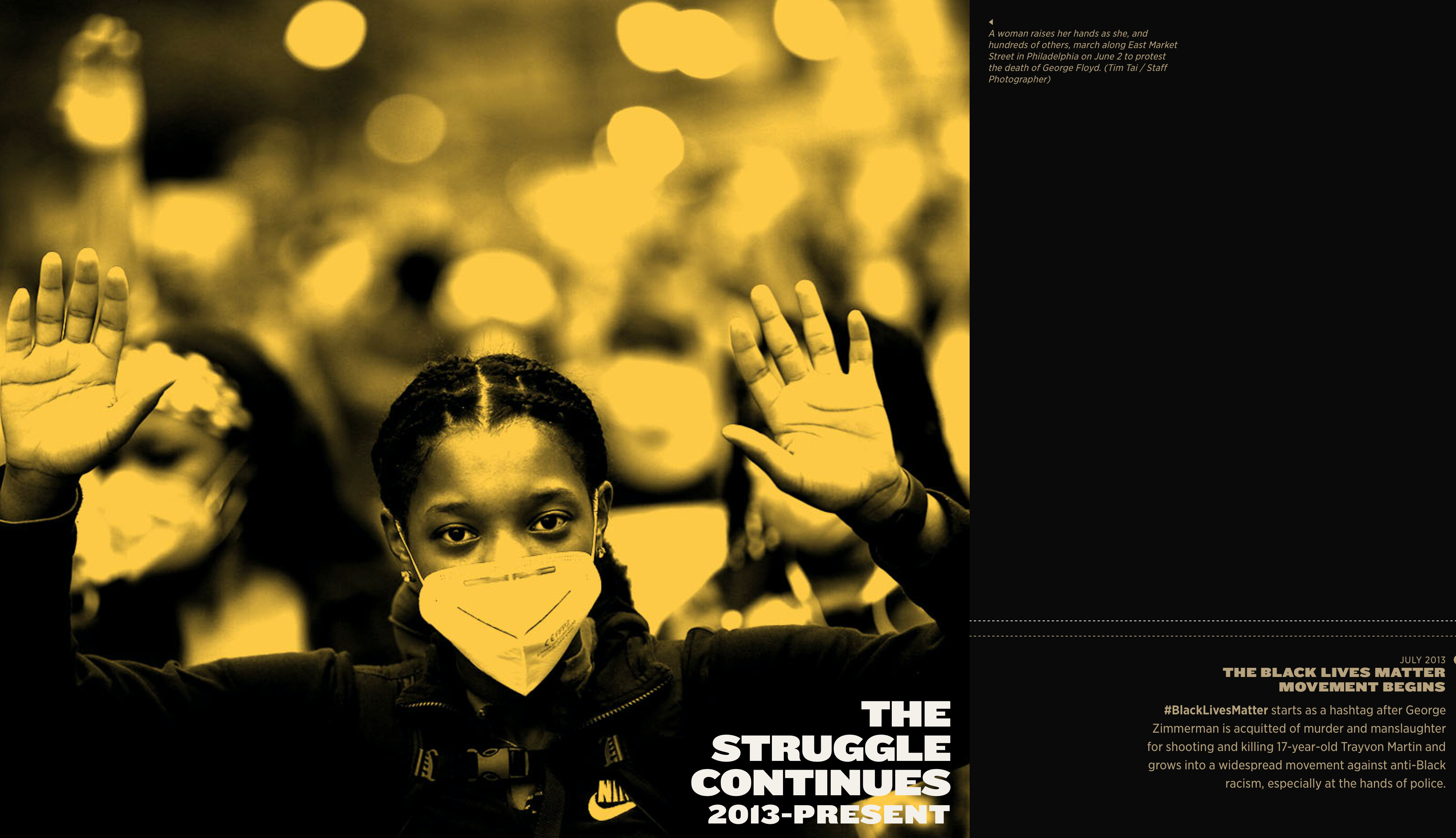cynicism is a cul-de-sac
you found a nice spot
at the end of a street
and chose to stay
to build your home
to raise your family
to look down your nose through
half-closed windows
at the rest of your neighbors
as if the premium you paid
makes your position superior
never noticing that
your road goes
nowhere
“i’m just being realistic” is just another way of saying “i can’t imagine what i can’t see.”
its one of the reasons that utopian fiction is so sparse. writing conflict it easy. writing “paradise” is hard.
because we know strife, we know pettiness, we know backstabbing and hypocrisy and the failings of mankind. it’s so easy to look around and see people acting in self-interest, taking the easy way out, taking short-term gain over long-term success, and say “see? i told you so.”
it makes it seem like, in order for things to be better, we have to be better.
daniel quinn wrote that (and i’m paraphrasing) every system of government and commerce would work if people would just be better than theyve always been.
the free market economy works (so long as people dont create monopolies, enslave children, or poison the environment)
communism works (so long as people dont try to gather power for themselves at the expense of others).
and we see all that and cannot possibly imagine a path from here to a supposed utopia free of all the sins of man to which we have become accustomed.
except…
that’s just a story.
it turns out giving every homeless person in america a home is cheaper than leaving them homeless. that’s reality. thats what the data says. we say its “not realistic” to hide our discomfort with giving people things they “didnt earn,” and look for examples of people gaming the system to say “see — told you so.”
we thought the government would never truly consider a universal basic income. then covid hit and suddenly receiving stimuli and PUA is no longer unrealistic.
we worked in offices that would never go remote in a million years (until they had no choice).
there are other ways of living, all around us. tribal, cooperative, socialist, collectivist, hermetic, interconnected, intradependent, car-free, experimental, batshit crazy ways of living that we havent even begun to understand.
but the house at the end of the cul-de-sac that says “that will never work” is too comfortable. never mind the termites.
cynicism says “it will go how it has always gone (and it has always gone badly.)” cynicism is a mask for apathy, and apathy is a mask for depression. cynicism is learned hopelessness spoken aloud.
cynicism is futurelessness.
there are deeper truths out there. but first we have to move out of the cul-de-sac.



